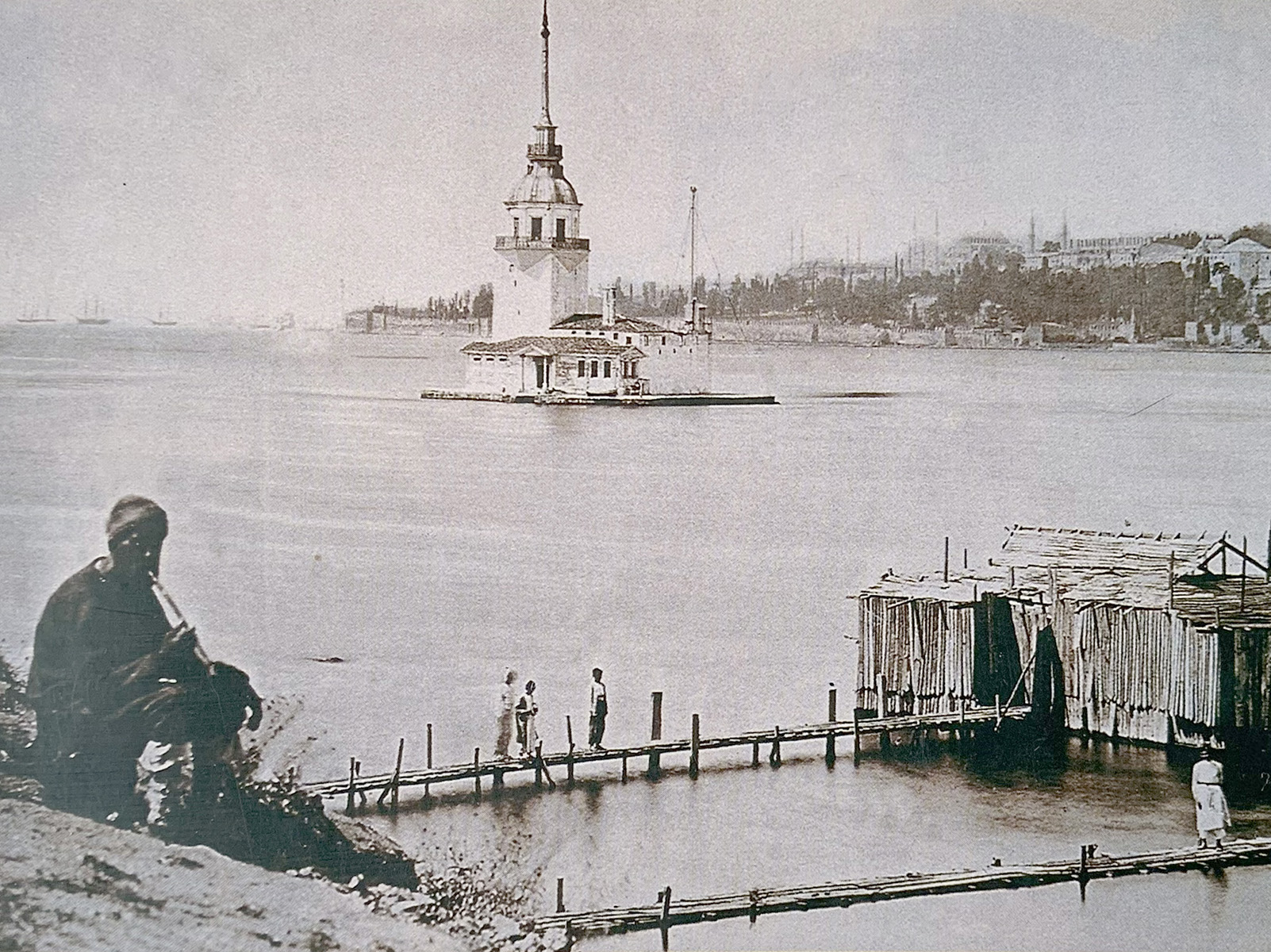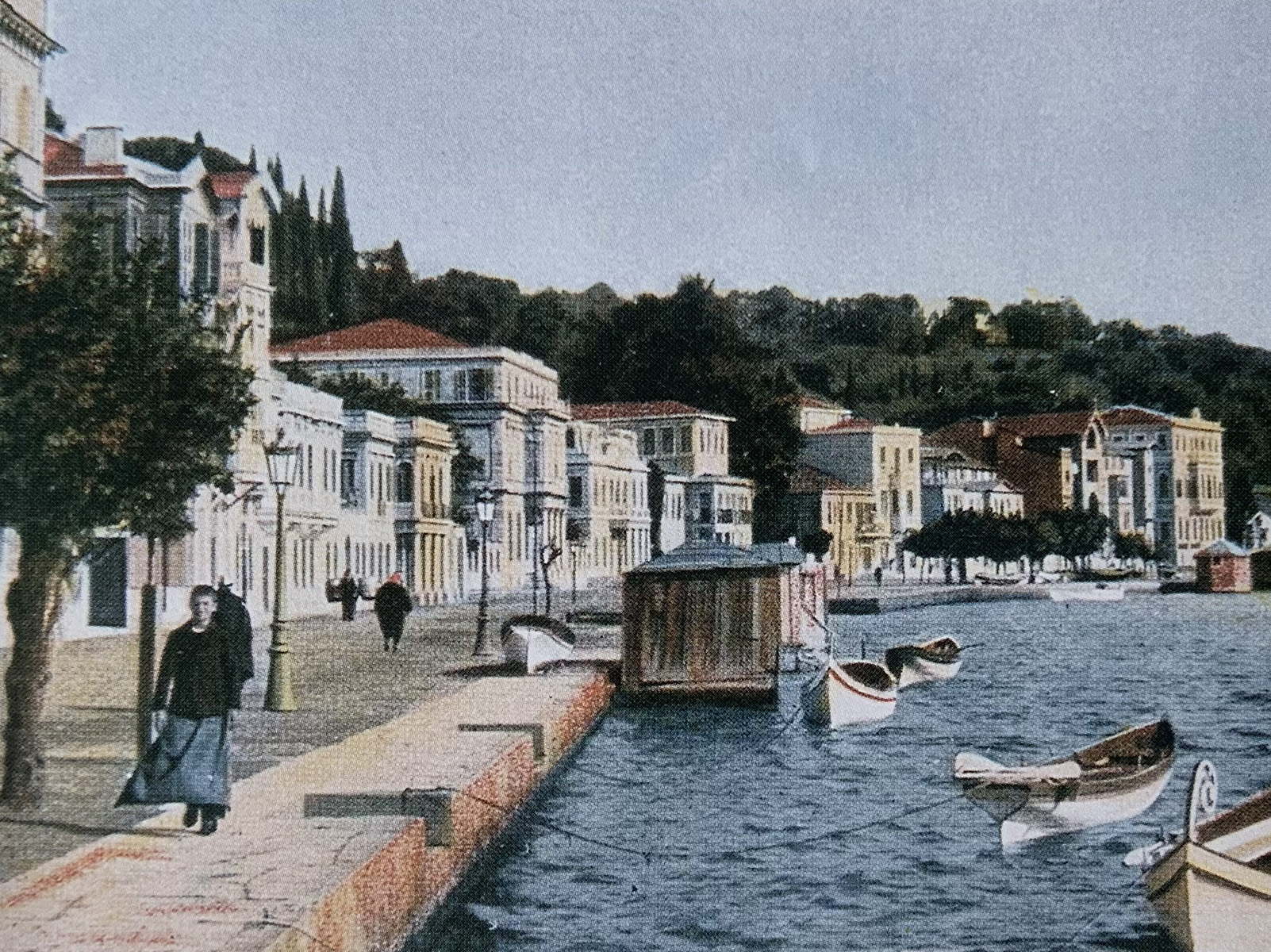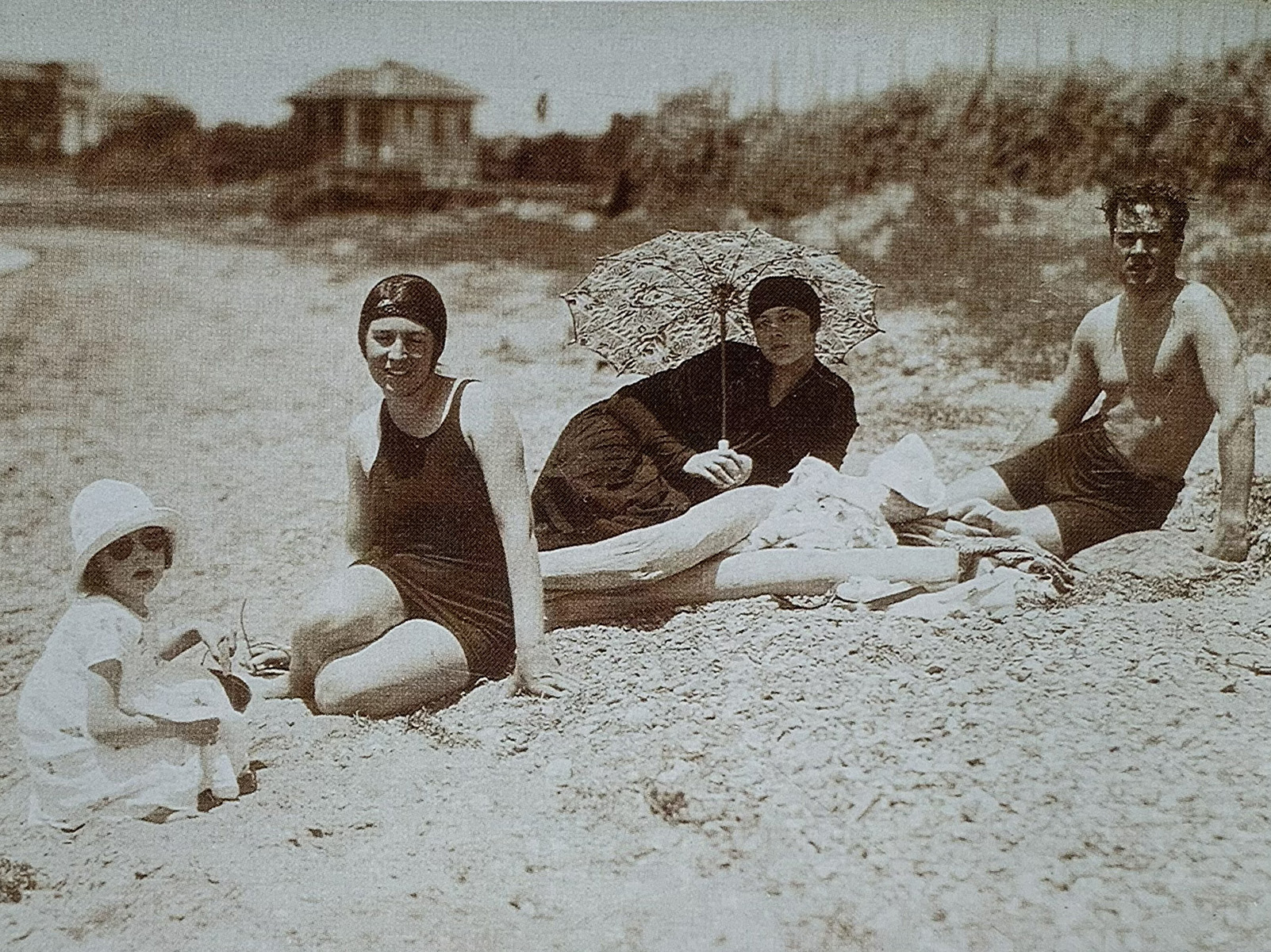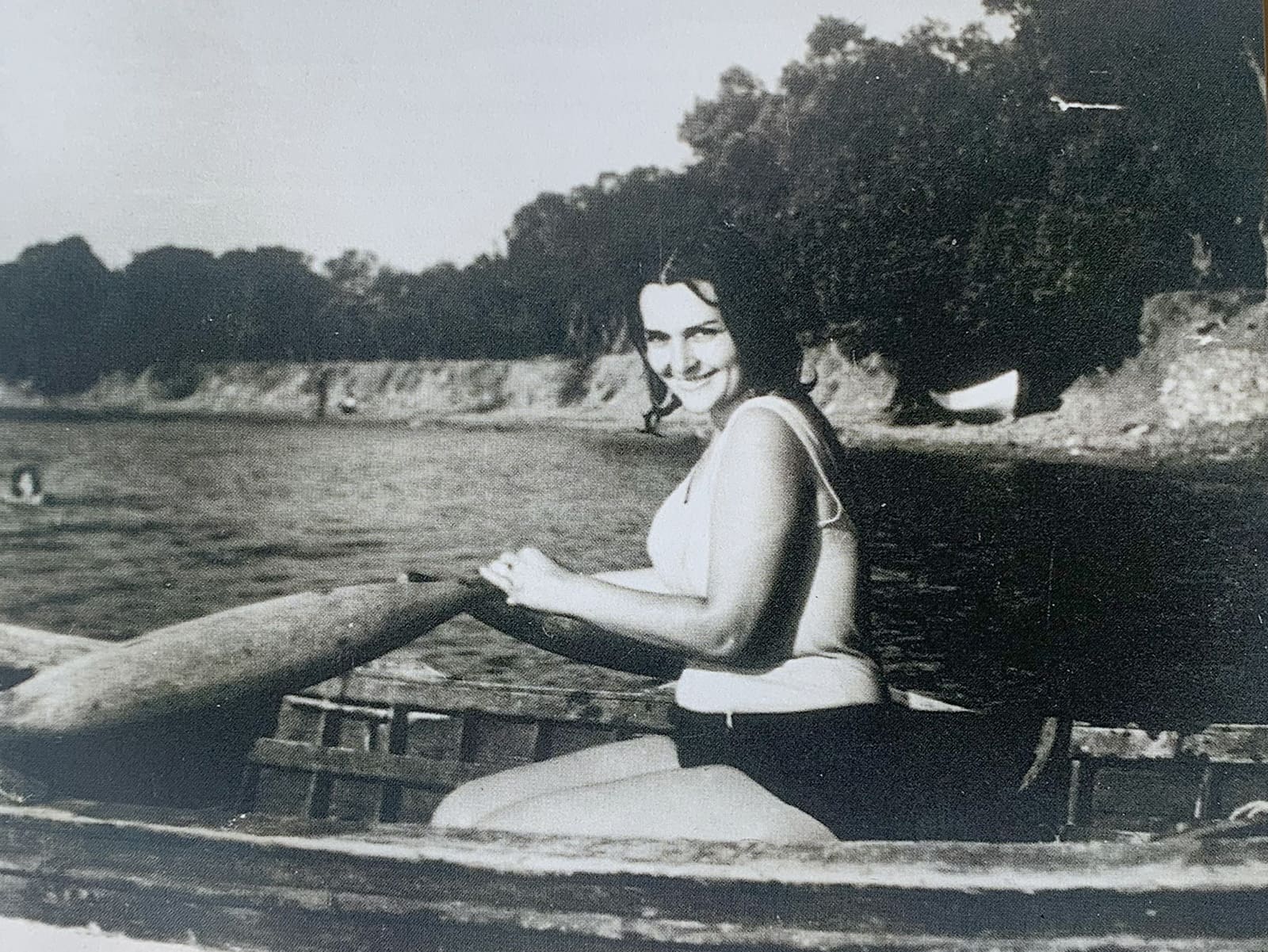When the Watermelon Rind Falls into the Sea…
Burçak Evren seeks an answer to a question that preoccupies us all in her book İstanbul'un Deniz Hamamları ve Plajı (Sea Baths and Beaches of Istanbul). Why is the maritime culture not sufficiently developed in our country "surrounded by the sea on three sides" as it is often said? Could it be that the main reason for this is that we started swimming too late?
Although it is understood from Evliya Çelebi's notes that we started swimming in the sea in the mid-17th century, the first contact of Turks with the water is much more recent, in the late 19th century. The first Ottoman sultan to swim in the sea being Abdul Hamid II is an important reference for the public, who at the time admired the sultan's tastes and took his habits as a guide. In fact, Abdul Hamid II started swimming in the sea as a child due to health problems and on the advice of Masiro, the Italian doctor at the palace. It is not known whether he continued this habit after he became the sultan, but we know that he bathed every morning.
This interesting book, which the author Burçak Evren describes as the "unofficial history" of the process of us starting to swim in the sea, tries to explain the reasons why we started to swim late, based on sources and documents. Why is it that our nation, which has always loved looking at the sea and enjoying the pleasure of being on the water, has been so hesitant when it comes to getting into the water, and why has it remained far from this beautiful experience for so many years? There are both predictable reasons for this and other reasons that are not easily imaginable.

Of course, the perception of the sea as dangerous is the first reason. Many people associate the sea with storms and sinking ships, despite all its beauty. That is why most people prefer to look at the sea from a distance and protect themselves. It was also a common belief back then that seawater would cause health problems. Here is another danger for you!
Religious reasons and hijab are other reasons that delayed us from swimming in the sea. After all, undressing and wearing a swimsuit are essential for the sea. This does not fit at all with the morality of the old times. In fact, the so-called "sea baths", which started to be opened in the 20th century, were separate for men and women and completely closed to the outside.

Another reason that few of us will think of is that tanning was not so highly regarded in the past. On the contrary, many people avoided tanned skin because it was perceived as a characteristic of the lower classes and certain ethnic groups, such as gypsies.
But foreigners again pioneered the habit of swimming in the sea. Especially immigrants from the Balkan countries and White Russians fleeing from Russia introduced sea fashion and the habit of swimming in the sea to Istanbul. Many people learned the practice of swimming in the sea from the soldiers of the Russian army who came as far as the Yeşilköy coast during the Ottoman-Russian War (1877-1878), known as the '93 War.
While the habit of swimming in the sea became popular, it also caused a lot of controversy. But eventually, especially with the advice of doctors, the negative perception of swimming was reversed. It was at that point that first sea baths and then beaches started to open. That's how the expression "when it is time to swim" came about.

The most well-known sea baths, which are square wooden structures built at the end of a pier, are the Galata Bridge, Yenikapı, Kumkapı, Salıpazarı, Beyazpark, Bebek, Beylerbeyi, Bakırköy, Haydarpaşa, Moda, Kalamış, Fenerbahçe and Caddebostan sea baths. There are also private sea baths for the residents of the waterside mansions and embassies, traces of which can still be seen on the Bosphorus today.
Over time, as Türkiye becomes more westernized, customs change and sea baths are replaced by beaches. Almost all beaches that many of us know today, such as Florya, Ataköy, Küçüksu, Moda, Caddebostan, Süreyya and Fenerbahçe, were established with the Republic. Especially the images of the great leader Atatürk on Florya beach are always in our memories.
Our belated adventure of swimming in the sea is facing the danger of disappearing again today, especially in big cities like Istanbul, due to environmental problems. Let us hope that it is always time to swim. And let us keep enjoying the sea to the fullest.

İstanbul’un Deniz Hamamları ve Plajları, Burçak Evren, 2000, İnkılâp Kitabevi


